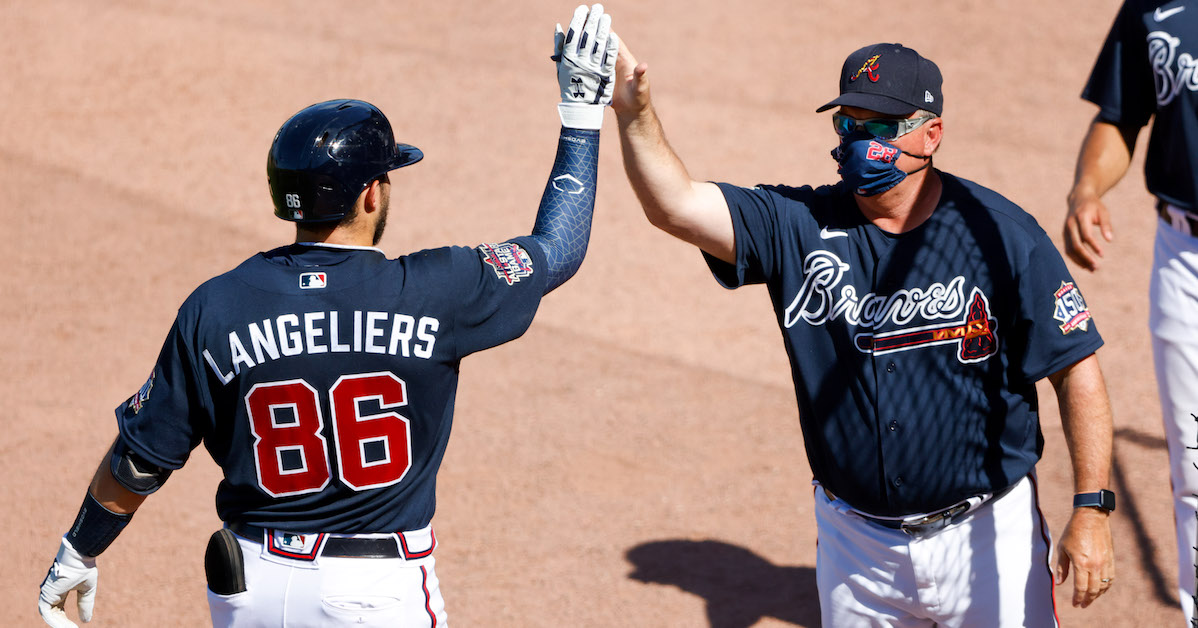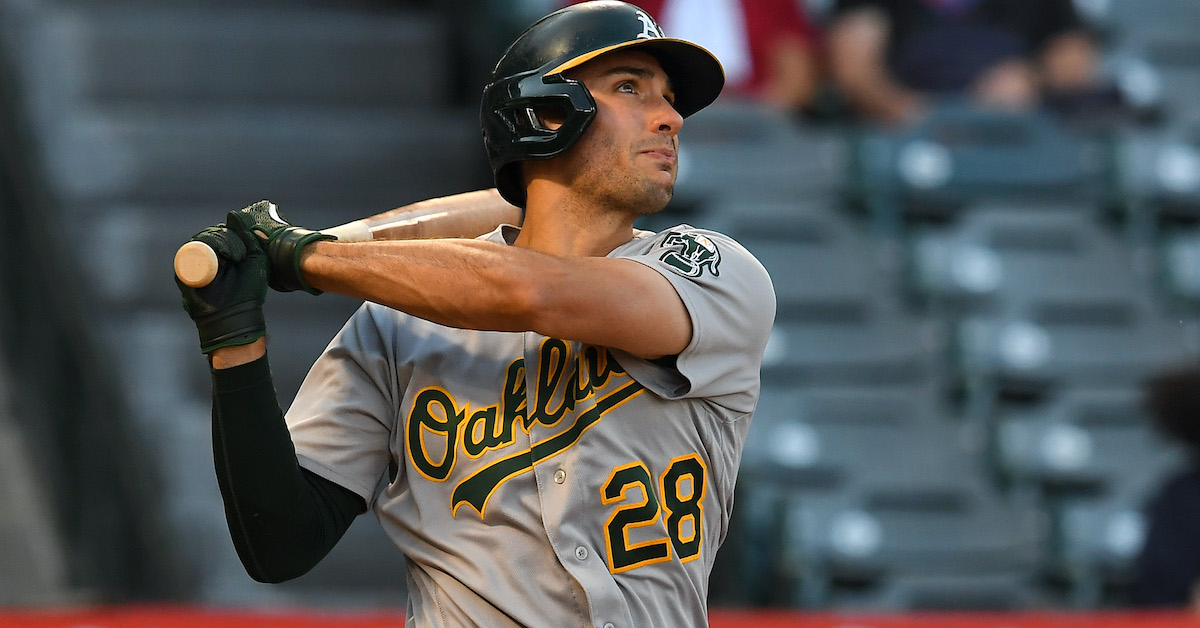Oakland Capitulates and Toronto Capitalizes in Chapman-For-Prospects Swap

On Monday, the A’s made the biggest trade of the year when they sent Matt Olson to the Braves. This morning, they kept the momentum going and made the second-biggest trade of the year. Matt Chapman is headed to Canada in exchange for a four-prospect return:
Blue Jays deal for Matt Chapman is done. Kevin Smith, Gunnar Hoglund, Zach Logue and Kirby Snead are headed to Athletics, per source.
— Shi Davidi (@ShiDavidi) March 16, 2022
Oakland doesn’t do anything by half measures, and with Olson and Chris Bassitt out the door, the team was in competitive limbo. Toronto was in search of a new infielder after Marcus Semien left in free agency. It doesn’t take a rocket scientist to realize the potential fit here, and the two teams were linked in trade rumors for much of the locked-out offseason.
From the Jays’ perspective, this trade gets them exactly what they wanted. After losing two of their top starting pitchers in free agency, they signed Kevin Gausman and Yusei Kikuchi to fill holes in the rotation. That still left them with a diminished offensive group, and there weren’t any obvious free agent fits to spruce things up. It may have been a coincidence, but as the Jays pursued Freddie Freeman and Kyle Schwarber, Vladimir Guerrero Jr. was spotted doing third base drills, a sign of how intent the Jays were on shoehorning another hitter into their lineup, positional fit notwithstanding. Read the rest of this entry »







